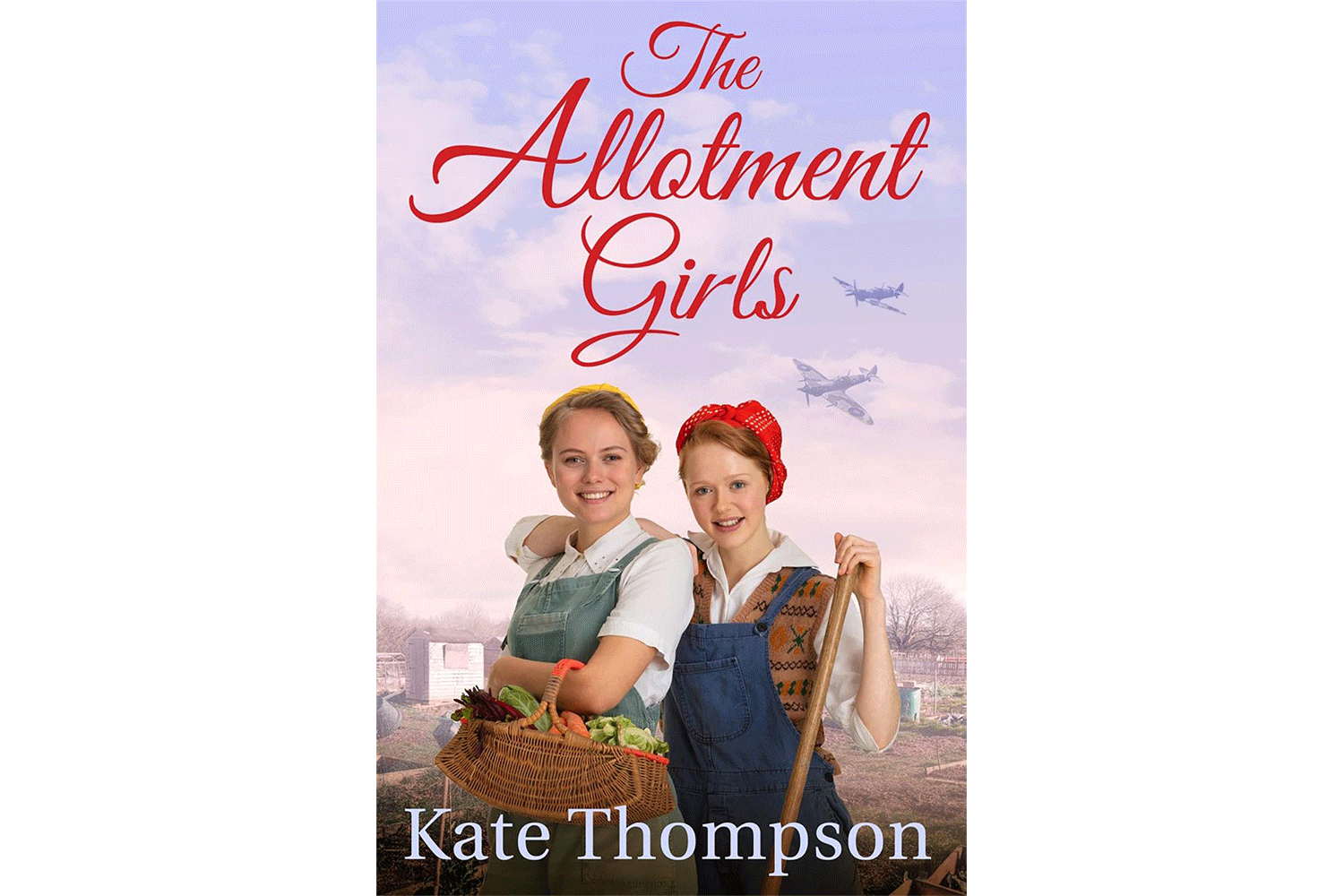Kate Thompson’s The Allotment Girls shows the strength of East End women
Kate Thompson’s The Allotment Girls is a heart-warming story of East End friendship and romance, centred around the historic Dig for Victory movement of World War II.
The events in the novel span from 1897-1944 and primarily take place during the war years. Throughout, Thompson weaves in other elements of East End history.
The story primarily follows Millie, Annie, Rose and Pearl, four young women working in the Bryant and May Factory in Bow. Though the girls work long hours for minimal pay, they are quick to acknowledge the improvements made in the factory in comparison to previous conditions. The famous match girl strike of 1888 is often mentioned throughout the novel, along with the threat of the much feared ‘phossy jaw’ that the toxic working environment was known to cause.
In a note from the author, Thompson reveals that the inspirations behind plot points like these were not entirely fictional, but were based on devastating truths that deeply affected residents of the East End. Adding depth to an otherwise simple and mostly uplifting read, Thompson also pays homage to a tragic fire that killed an entire family in Bethnal Green in 1897.
Thompson provides fleshed out historic context by including these elements, showcasing her knowledge of the East End. A picture of community and camaraderie is painted, with this providing the foundation for the girls starting their allotment.
In an attempt to distract themselves from the horrors of the war, and wanting to feel they are contributing to their country, the girls are inspired by the Dig for Victory campaign. At the beginning of the novel, the girls are disappointed to see that ‘there was little beauty or sentiment to be found anywhere in the East End,’ however the development of the allotment changes this.
In finding a hobby, friendships and romances are established, and a sense of purpose and pride is given in a difficult time. Ultimately, their gardening project provides light relief from their otherwise tumultuous personal lives and the chaotic backdrop of the war.
A focus is placed on poverty, the mental impact of the war and abusive relationships, however the tone of the novel and the simplicity of the writing style alleviates the heaviness of the content. While romances develop almost instantly after characters meet, and problems are solved almost as quickly as they are introduced, this serves to lighten the tone of what could otherwise be upsetting subject matter.
The characters each seem to fit a variation of the East Ender stereotype, meaning that actions and events are sometimes predictable, however Thompson very much manages to capture the essence of the East End.
This is Thompson’s fourth book that focuses on East End culture, with her knowledge and enthusiasm being made evident throughout. Ultimately, Thompson showcases the hardiness and solidarity typically associated with the inhabitants of the area, making East End pride a plot point in itself.
The novel highlights the positive impacts of wartime campaigns such as Dig for Victory, showing the effects on the home front when people were given a sense of purpose. Thompson creates strong, ambitious female characters in The Allotment Girls, who are keen to make a difference in the war effort and refuse to sit by as spectators.
Overall, this is a heart-warming read that serves to shed light on the problems faced on the home front during World War II. If the wartime era is of interest but everything working out for the best in the end is desired, this is worth a read.
All problems that are faced are neatly solved, and whilst this may be not be most realistic wartime novel, it certainly shows resilience of characters being rewarded. In the note from the author, Thompson commends ‘women who are the heartbeat of their communities,’ and in The Allotment Girls, she has created characters who are exactly that.
Kate Thompson’s The Allotment Girls is available to buy in paperback and e-book here.
If you like this, you may like our review of Dan Hancox’s Inner City Pressure.








